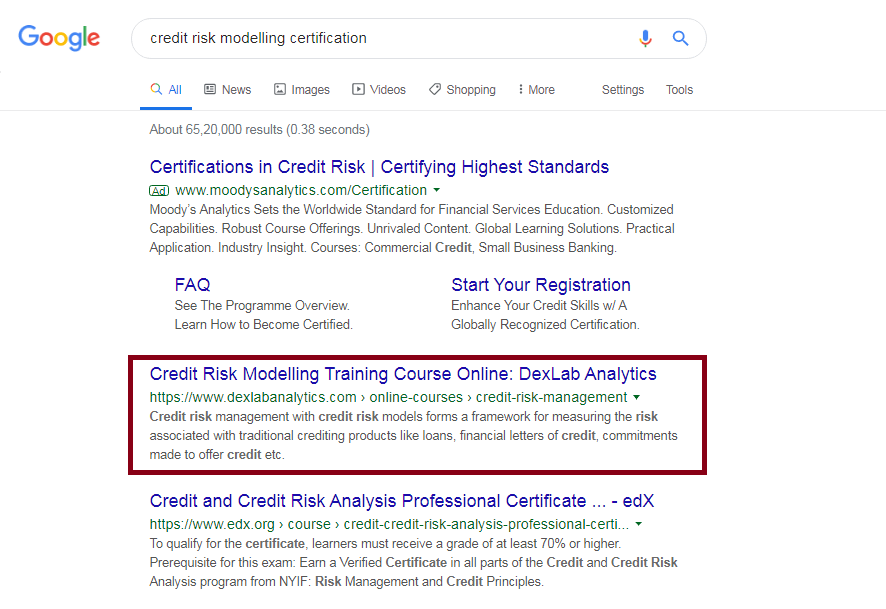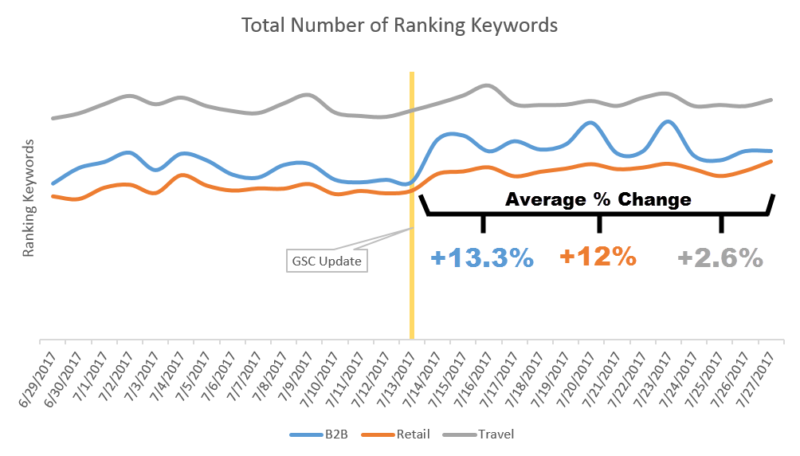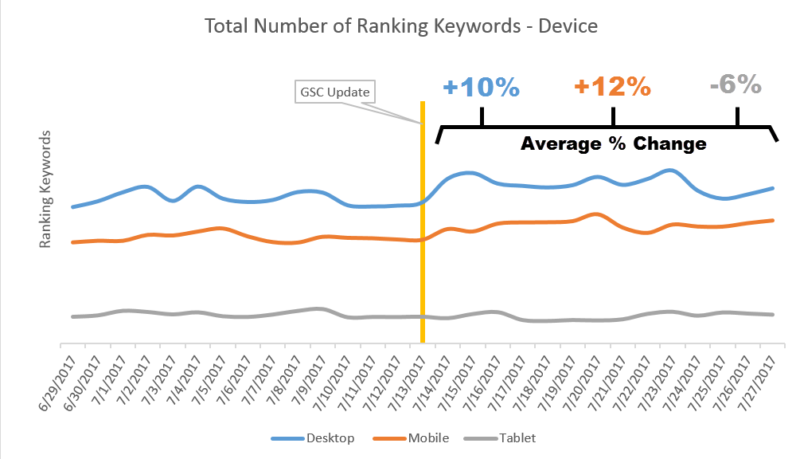Keywords are the building blocks of Search Engine Optimization. The success and the failure of an SEO strategy are single-handedly decided by them.
Broadly speaking, keywords are of two types: Short tail and Long tail keywords. Now, let’s have a quick glimpse of what they are.
Short Tail Keywords
These are the smallest combination of words which might not make complete sense but apparently, makes some sense when typed on the internet. Most of the times short tail keywords are of 3 words or less.
They are not very specific but target a wide audience. For instance: “best smartphones”, “Vatican tour online”, “Chinese food delivery”, “temples” and so on. These keywords are basically the head terms out of the nascent idea, which first strikes our mind.

Long-Tail Keywords
Long-tail keywords can be defined as the mature version of the short-tail keywords. They are usually more than 3 words and make sense. Furthermore, they have specifications included which are tweaked according to the wants of the users.
They are very specific and do not target a wide audience but the right audience. For example, “best psychedelic rock songs by Pink Floyd”, “TMT steel bars production in India”, “guitar tapping lesson by Guthrie Govan”, “credit risk modelling certification” and the likes.

Which one to go for? A Comparative Analysis
Speculations are always high when it comes to short-tail and long-tail keywords, with each having their own share of advantages and disadvantages. So, let’s dig deep into them:
Volume of Traffic
If you want to increase the volume of the searches, tirelessly, then you should desert your long-tail keywords and instead go for their shorter versions. So, opt for the short tail keywords and rank them first to get your website running with a good amount of organic traffic.
Thus, the short-tail keywords win it comfortably when it comes to Traffic Volume.
Competition
You would have to involve a large team or else you would need a while to rank your short tail keywords for sure. This is because the competition for the short tail keywords is extremely high.
This is quite obvious because the search volume for these keywords generally remains pretty high in contradiction to the long-tail keywords, which are easier to rank, with less competition and a low search volume.
Long-tail keywords score big in terms of Competition.
Focus
When it comes to short-tail keywords, as they are less specific, you would see irrelevant results popping up annoying you all the time. But, as far as the long-tail keywords are concerned, they are very much specific and adequately filtered to provide you with the results you want.
Thus, the long-tail keywords steal it from the short-tail keywords when Focus is concerned.
Cost-Effectiveness
Cost-effectiveness would depend completely on how experienced and efficient a person or his team is, in SEO. However, talking about the general expense, the short-tail keywords have a hell lot of money involved to get them going. Google AdWords would manage to squeeze a pretty large sum if you opt for the short-tail keywords. This is because of the higher volume of searches that they fetch. On the contrary, expenses are pretty less if you are looking for the long-tail keywords.
Therefore, if you have a limited budget, it is always recommended to get past the little amount of competition and rank your website on the long-tail keywords.
Conversions
If you look at the conversion rates, it is definitely high if you have the right traffic on your website. This is only possible with the long-tail keywords, which are pinpointed. The short tail keywords, on the other hand, will encourage huge traffic with a wee bit of conversions.

We hope this post has been helpful to you. In conclusion, you should be aware of everything and confident in your SEO strategies to rank your website. It doesn’t matter whether you use short tail or long-tail keywords and/or variations of them, but the keywords you choose and the niche of your website are paramount in importance. So, be focused and determined in the long run to succeed!
If you are interested in informative blogs similar to this, keep checking our website. You can also follow Sprout Road on Facebook and Instagram to get all the latest updates!
YOU MAY ALSO LIKE READING:-
- Google Maps’ Ad Traffic Is Steadily Increasing, Here’s How
- Google’s Search Console Update 13/7/17: Why the Change Was So Drastic?
- How to Feature Your Site Content with Google’s Feature Snippets?
- How SEO Professionals Survive During Economic Downturns?
- A Survival Guide for SEO Professionals during Recession





